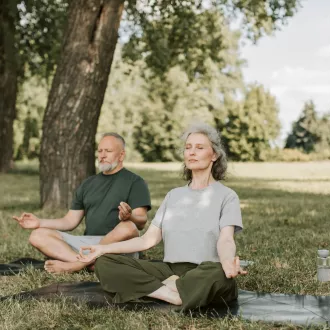Transcription The anabolic window myth or reality?
Many athletes who attend gyms on a daily basis have at some point heard that there is a short period of time after physical exercise when you have to provide your body with all the nutrients you consumed during training (especially protein) in order to produce extraordinary muscle growth and strength. This "magical" moment is known as the "anabolic window".
However, every day more and more specialists affirm that the "anabolic window" is a myth, because although it is based on postulates confirmed by science, it alters other parameters without a verifiable scientific basis.
In this presentation we will explain what the "anabolic window" consists of according to its defenders and we will mention some of its postulates that science assures are true and those that have not been confirmed.
What does the anabolic window hypothesis consist of?
The defenders of the "anabolic window" theory consider that the intense energetic exhaustion and the deterioration of the muscular fibers at the end of an intense physical activity, generate one of the most critical periods in the athlete's nutrition.
They argue that the consumption of carbohydrates and proteins during a very short period of time, almost immediately after the last exercise of strength training, would not only initiate the restoration of energy reserves and the reconstruction of damaged tissue, but it would be done in an "extraordinarily better" way.
According to this theory, any food consumed outside this period would have a poor impact on the improvement of the athlete's physical condition, since the organism would not have the same disposition to take advantage of the nutrients.
What is true about the anabolic window theory?
- It has been confirmed that after intense training, energy reserves are depleted and trained muscle fibers are damaged.
- It is advisable to accelerate energy recharging at the end of a training session when the athlete must perform other physical activities on the same day.
- To maximize protein synthesis and thus regenerate damaged muscle fibers, it is effective to ingest protein and carbohydrates after the end of intense physical exercise.
What is the theory of the "anabolic window" that science does not consider to be true?
- That the athlete is obliged to eat immediately after the end of the exercise to achieve the improvement of his physical condition. Experts consider that as long as a proper pre-workout meal has been taken, the athlete can have a post-workout meal between one and two hours after exercise.
- That there is a very short period of time (between 30 minutes and one hour) in which the protein synthesis in the muscle remains elevated. Science has proven that protein synthesis remains elevated up to 24 hours after training.
What do specialists recommend about food consumption before and after workouts?
- If you intend to gain muscle and strength, the first thing to worry about is to eat adequate amounts of carbohydrates and protein before and after training.
- Intense physical activities do increase muscle protein synthesis, but it is not necessary to reload immediately after exercise to obtain the expected results. If you recharge within four hours of the pre-workout meal, the results will be optimal.
- If you train twice during the day, it is necessary to eat a post-workout meal immediately after the first training session is completed.
- A proper meal after strength training also helps you mitigate the appetite produced by intense physical activity, making it easier for you to wait for your planned lunch or dinner, without having to resort to other unhealthy foods to reduce the urge to eat.
window anabolic




